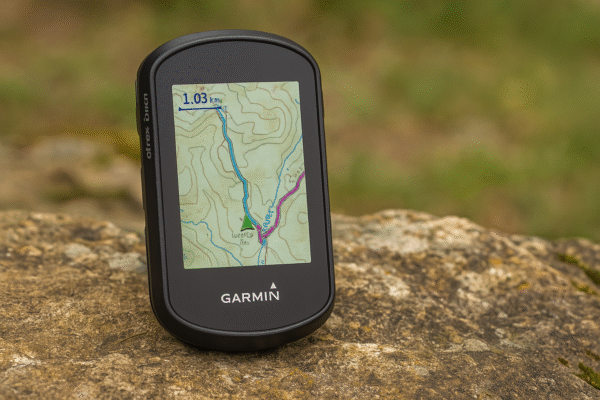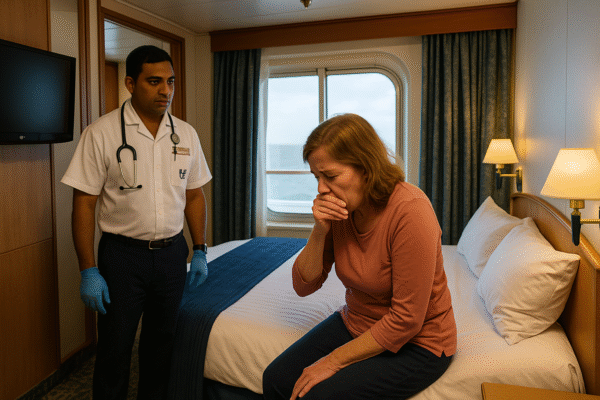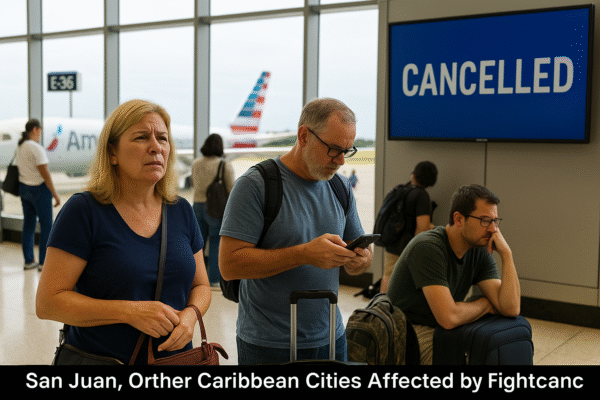Spain’s 46°C Heatwave Prompts Urgent Safety Warnings for British Tourists as Southern Europe Swelters
As Spain grapples with record-breaking temperatures soaring to a staggering 46°C, British tourists heading to the Iberian Peninsula this summer are being urged to take extreme caution. The country has become the epicenter of an intense southern European heatwave, with meteorological agencies and travel safety experts issuing urgent advisories for international visitors.
According to Spain’s national weather agency, Aemet, the temperature in towns like El Granado in Andalusia hit an unprecedented 46°C in late June—a stark reminder of the escalating impacts of climate change. The UK Foreign, Commonwealth & Development Office (FCDO) has responded by reinforcing travel advisories, encouraging tourists to stay hydrated, avoid peak sun hours, and prepare for potential travel delays due to heat-related disruptions.
Heatwave Impact Across Southern Europe
Spain is not alone in this climate emergency. Neighboring southern European countries such as Greece, Cyprus, and Turkey are also experiencing sweltering conditions, with red-alert heat warnings in effect in several tourist-heavy regions. Weather maps from MeteoAlarm and the European Space Agency show much of southern Europe covered in intense red and orange zones, signaling dangerously high temperatures that are likely to continue into July and August.
Spain’s June 2025 temperatures averaged 23.6°C, the hottest since national records began. Tourism-dependent sectors are on high alert as rising temperatures threaten not only visitor well-being but also local economies. The Spanish Ministry of Health is urging both locals and tourists to take “serious preventive measures,” including limiting outdoor activity, frequent hydration, and identifying the signs of heat exhaustion and heatstroke.
Health and Safety Risks for Tourists
British tourists, many unaccustomed to such extreme heat, face heightened risks. Health authorities warn that prolonged exposure can result in dehydration, sunburn, and even life-threatening conditions such as heatstroke. Tourists are advised to:
- Wear light, breathable clothing
- Apply SPF 30+ sunscreen regularly
- Drink plenty of fluids and avoid alcohol during peak heat hours
- Seek shaded or air-conditioned areas between 12 p.m. and 4 p.m.
Medical experts from Spain’s Instituto de Salud Carlos III emphasize the importance of early detection of symptoms such as dizziness, rapid heartbeat, nausea, or confusion—especially in children, the elderly, and those with pre-existing health conditions.
Driving Hazards in Hot Weather
One of the less obvious but critical concerns involves driving in extreme temperatures. With many tourists relying on rental cars to explore coastal and inland regions like Costa del Sol, Murcia, and Seville, the risk of burns from overheated steering wheels, seatbelts, and interiors is increasing.
Travel expert Paul Charles, a regular contributor to UK travel advisories, advises tourists to crack open windows before entering vehicles and never leave children or pets inside parked cars, even briefly. “The interior of a car can exceed 60°C in direct sunlight,” he noted.
Cooler Alternatives: Discovering Northern Spain
For tourists seeking respite from the heat, meteorologists recommend exploring northern Spain. Regions such as Asturias, Cantabria, and the Basque Country offer milder summer climates, lush landscapes, and cultural treasures without the heat-induced hazards of the south.
According to John Hammond of UK-based Vacay Weather, temperatures in northern Spain have remained in the manageable mid-20s Celsius range—perfect for beach outings, mountain hiking, and historical sightseeing without health risks.
These northern destinations also align with growing trends in sustainable tourism, offering visitors less congested sites and opportunities to support smaller, local economies away from traditional tourist hotspots.
Travel Disruptions and What to Expect
The ongoing heatwave is causing ripple effects in travel schedules. Local transportation networks—including Renfe trains, buses, and domestic airlines—are implementing weather protocols, which may involve speed reductions, delays, or cancellations. Airports such as Madrid-Barajas and Seville have advised passengers to check flight status regularly and allow extra time for check-in and security.
Moreover, travelers are urged to purchase comprehensive travel insurance that includes weather-related coverage, which can mitigate financial loss from potential delays or itinerary changes.
Government Response and Resources
The Spanish government, in collaboration with regional tourism boards, has launched a national awareness campaign through VisitSpain.es, including English-language resources for foreign tourists. Topics include “How to Travel Safely in Heatwaves” and access to local emergency hotlines.
Meanwhile, the UK’s Met Office has partnered with tour operators to circulate real-time temperature alerts and health tips through text messages and travel apps like NHS Fit for Travel.
Final Thoughts: Travel Smart, Stay Cool
As southern Europe braces for a prolonged heatwave, the message for British travelers is clear: enjoy your holiday, but prioritize your health and safety. From sipping cool gazpacho in the shade to exploring cooler coastlines or the breezy north, Spain offers many ways to experience summer without suffering from it.
Smart planning, flexibility, and staying informed through official channels are crucial tools in navigating the new reality of climate-impacted travel.
For more travel news like this, keep reading Global Travel Wire


















